Brief Summary
In this fun course, you’ll dive into Windows memory forensics and learn how to use Volatility to assess compromises quickly. You’ll be hands-on with raw memory and plugins, all in about an hour, using free tools. Super easy and effective for beginners and pros alike!
Key Points
-
Use Volatility for memory forensics.
-
Conduct a quick-compromise assessment.
-
Work with raw memory images and hibernation files.
-
Run and interpret plugins effectively.
-
Hands-on practice reinforces what you learn.
Learning Outcomes
-
Become skilled in using Volatility for memory analysis.
-
Master fast-triage techniques for detecting compromises.
-
Gain confidence in interpreting plugin outputs.
-
Understand raw memory and hibernation files.
-
Engage in practical exercises to solidify your skills.
About This Course
Learn Windows memory forensics
*** COURSE COMPLETELY REWRITTEN AND UPDATED 2019 ***
Learn to use Volatility to conduct a fast-triage compromise assessment.
A system's memory contains an assortment of valuable forensic data. Memory forensics can uncover evidence of compromise, malware, data spoliation and an assortment of file use and knowledge evidence - valuable skills for both incident response triage work as well as in digital forensic exams involving litigation.
This class teaches students how to conduct memory forensics using Volatility.
Learn how to do a fast-triage compromise assessment
Learn how to work with raw memory images, hibernation files and VM images
Learn how to run and interpret plugins
Hands-on practicals reinforce learning
Learn all of this in about one hour using all freely available tools.
Learn how to use Volatility
Learn to do a fast-triage compromise assessment
Understand plugin output for investigations


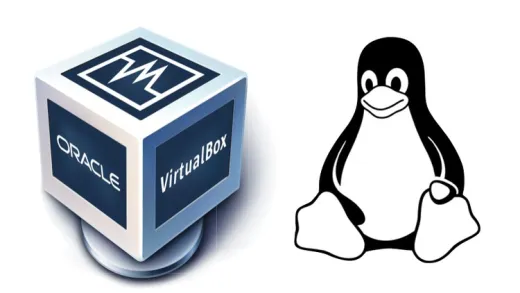
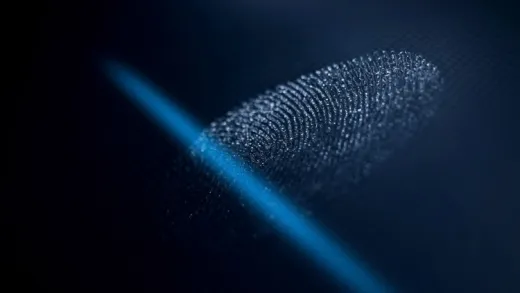

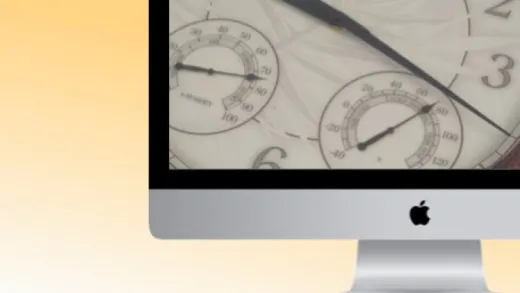
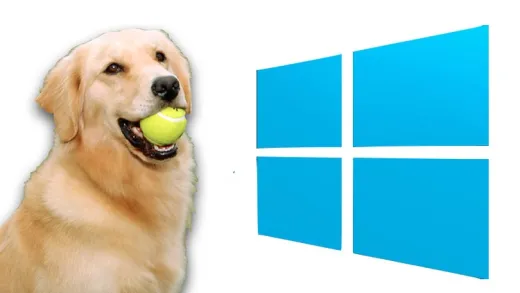
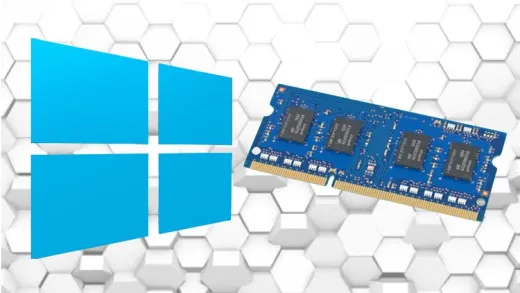

Neeraj R.
The course is good to begin with, however it would have been better to cover the setup of volatility on different platforms, instead of directly using a readymade distro.
It would have been better to cover a bit of theory about the subject of the course eg: memdump. mem.raw, hiberfil etc
The author could have also shown the live memory capture instead of pointing to another course that hasn't been updates since 2015. Overall it's a good course to begin with and then explore more based on the " The Art o Memory Forensics " book. It will be great to introduce more detailed courses for intermediate and advanced level before anyone else does to be the Best selling author in this field.